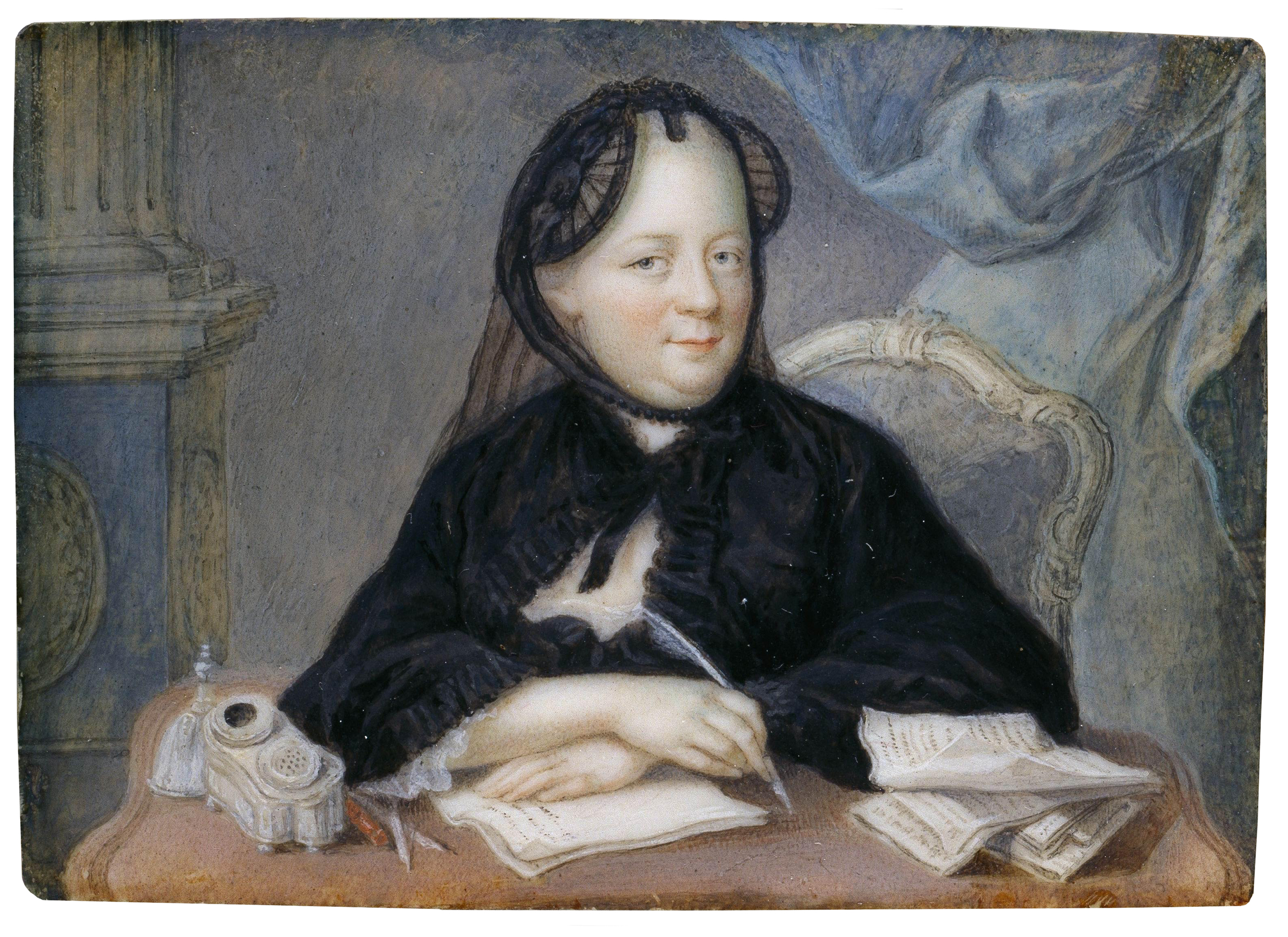Today marks the birthday of Grand Duchess Elizabeth of Russia - a much loved, legendary royal who is also a 20th century martyr and saint. (I've always associated Nov. 1st with All Saints Day- so now I'll always remember it as this royal's b-day too!)
To celebrate this grand lady's birthday, here at EBJ - History Salon (where we are all about fantastic ladies in history!) there will be:
- a Guest Post by author
Christina Croft who has written
Most Beautiful Princesss; the story of Grand Duchess Elizabeth of Russia. (Check out
her blog; which is filled with fantastic history!)
- My Review of this FABULOUS book
- and...a GIVEAWAY!!
Please drop by at all these posts for a chance to enter the Giveaway!
Today, I have the pleasure of having Christina Croft honor us with her Guest Post. If you don't know much about the Grand Duchess, read on- her story is amazing!
Above the West Door of Westminster Abbey, stands a series of statues
dedicated to 20th Century Martyrs – among them a Russian Orthodox nun, who was
murdered by the Bolsheviks in July 1918 by being thrown down a mineshaft and
left to starve to death. Of the thousands of tourists and visitors who enter the
Abbey each month, very few seem to be aware of this woman’s remarkable story,
nor would they suspect at first glance that ‘Saint Elizabeth of Russia’ once
entered the Abbey to attend the celebratory service to mark the Golden Jubilee
of her grandmother, Queen Victoria.
‘Ella’ as she was known in the family, was the second daughter of Queen
Victoria’s daughter, the unconventional Princess Alice, who married the heir to
the Grand Duchy of Hesse-Darmstadt and immediately caused a sensation by
inviting various unorthodox thinkers to her home, and venturing into the homes
of the poor and the sick to scrub their floors, make meals and tend to their
needs, following the advice of Florence Nightingale, whose works she studied
avidly. Queen Victoria was not amused by her daughter’s studies of nursing and
biology, but was even more shocked when she discovered that she was
breast-feeding baby Ella. So disgruntled was the Queen, that she immediately
sent word that a cow in the Royal Dairy should be named ‘Alice’!
Unperturbed, Alice continued her ‘wayward’ pursuits and was keen to instil
her own values of service into her children. From their earliest years she took
them with her to hospitals, where she performed the most menial tasks, and, at
the same time ensured they received a broad-ranging education. Alongside
academic studies, they were taught gardening and cooking and were expected to
take full responsibility for themselves, without relying on servants. Ella
enjoyed a wonderfully happy childhood but, when she was fourteen years old, a
diphtheria epidemic broke out, affecting all the rest of her family. For her own
safety, Ella was sent to stay with her paternal grandmother but during her
absence her youngest sister, May, died and shortly afterwards Alice, who had
been personally tending the rest of the family, contracted the disease and died
at the age of only 35.
Queen Victoria’s heart went out to Alice’s children and, promising ‘to be a
mother to them’, she did everything possible to support them, and she did not
fail to notice that Ella was blossoming into a very beautiful young woman. At
this time, Ella’s cousin, the future Kaiser Wilhelm II, fell madly in love with
her and the Queen was eager to promote a match but, as Ella adamantly refused
his proposal, the Queen resigned herself to finding alternative suitors all of
whom Ella rejected. By now she had the reputation of being ‘the most beautiful
princess in Europe’ and combined with her striking beauty, she was seen as the
‘personification of kindness’. Queen Victoria was certain that she would find a
suitable husband but was totally unprepared for Ella’s sudden announcement that
she intended to marry Grand Duke Serge Alexandrovich – a younger brother of Tsar
Alexander III of Russia. The Queen was horrified. Russia, she said, was
unstable, the climate was appalling and the Romanov Court was decadent but Ella
stood firm and, at the age of 19, married the Grand Duke in a lavish ceremony in
St. Petersburg.
Now, one of the wealthiest and most beautiful women in the world, she
appeared to have stepped into a fairy tale but, within a short time, rumours
began to circulate that her marriage was desperately unhappy. Her shy and
highly-strung husband’s aloof manner made him very unpopular, and gossips
revelled in spreading stories of his cruelty to his innocent wife. The fact that
the couple had no children fuelled the (totally unsubstantiated) rumours that he
was homosexual and increasingly prurient tales about their relationship spread
through all the Courts of Europe. For twenty years this continued, despite
Ella’s frequent protestations that she loved him and was ‘perfectly happy’, but
throughout that time her many talents were being stifled in the endless routine
of balls and receptions; and even though, after converting to Orthodoxy, she
spent a good deal of time and money supporting and founding various charities,
as a Romanov Grand Duchess she was not permitted to venture far beyond the walls
of her palaces or to visit the poor or the sick as she had done throughout her
childhood.
1905 was a year of great tumult in Russia and, as discontent and violence
spread through the country, Serge became the object of hatred. One February
morning, as Ella was working on a project for the relief of soldiers in the
Russo-Japanese War, an anarchist hurled a bomb at Serge’s carriage. Hearing the
explosion, Ella hurried to the scene to find what was left her husband: his arm,
leg and head had been blown off, and the blast was so great that days later his
fingers were found on the Kremlin roof. With her own hands, Ella gathered his
remains, and a couple of days later went to the prison where her husband’s
assassin was being held. She handed the assassin a Bible and an icon, and told
him she had come to forgive him and to ask what had driven him to such violence.
He spoke of the terrible poverty of the people and his words clearly resonated
with Ella who throughout her life had – according to her own account - ‘a
longing to help those who suffer; particularly those in moral suffering’.
Within days of their meeting, she began to dispense with all her vast
wealth and made plans to establish a hospital, orphanage and convent in the
poorest part of Moscow. Establishing a new religious order, she trained as a
nurse and personally tended the most abject patients whom other hospitals
refused to take, and devoted the rest of her relatively short life to improving
the lives of the poorest Russian people. Having grown up and lived amid beauty
for so long, it was her intention to create beauty in the lives of those who had
only known drudgery and poverty. Her hospital was designed and decorated by the
finest architects and artists in Russia, and was open to anyone in need of help;
the gardens were well-tended and her intention was to establish similar places
throughout the country. In fact, such was her devotion to her cause that she
was, in a gentle way, far more revolutionary than the revolutionaries who
arrested and murdered her in 1918, simply because she had married ‘a
Romanov’.
In my novel -
Most Beautiful Princess – I have endeavoured to remain as true
to history as possible. There are no fictional characters in the book, which is
based on my earlier unpublished biography, and my intention in writing it was to
make this remarkable woman better known. The novel is available in paperback,
Kindle and Apple format.
Should you pass the West Door of Westminster Abbey, do look up and see the
statue of ‘the most beautiful princess’, Queen Victoria’s saintly granddaughter.
Thank you, Lucy, for your hospitality and for allowing me to post on your
beautiful blog!
Thank you Christina!!
To Enter the Giveaway of Most Beautiful Princess:
-Please leave a comment for Christina
-Increase your chances by posting on FB, Twitter, and any other sites- come back and post link in your comment.
Be sure to come back tomorrow for the REVIEW of the book and for EXTRA CHANCES to Win the Giveaway!!









































.jpg)









